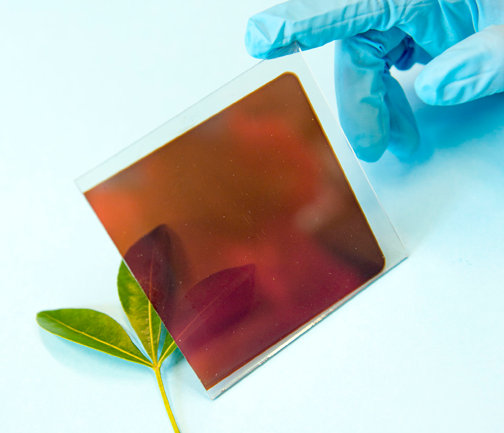
Perovskite solar cell developer Oxford Photovoltaics said it was working with scientists at the new Helmholtz-Zentrum Berlin (HZB) innovation lab to further the optimisation of its perovskite cell materials for silicon heterojunction solar cell technology.
Oxford PV, one of the leading pioneers in perovskite cell material development had previously established a lab-to-fab facility in Brandenburg an der Havel, Germany to speed the commercialisation of its perovskite technology as a tandem layer to conventional silicon solar cells.
Try Premium for just $1
- Full premium access for the first month at only $1
- Converts to an annual rate after 30 days unless cancelled
- Cancel anytime during the trial period
Premium Benefits
- Expert industry analysis and interviews
- Digital access to PV Tech Power journal
- Exclusive event discounts
Or get the full Premium subscription right away
Or continue reading this article for free
The new partnership with HZB intends to further that effort with greater leverage of HZB’s silicon cell material knowledge and specifically heterojunction cells.
“Working with HZB to understand solar cell manufacturers’ silicon cells, will allow Oxford PV’s perovskite on silicon tandem formation to be fully optimised, to ensure the most efficient tandem solar cell, and the easy transfer of our technology into our commercial partner’s industrial processes, commented Chris Case, Chief Technology Officer, at Oxford PV. “Oxford PV is now in the final stage of commercialising its perovskite photovoltaic solution, which has the potential to enable efficiency gains that will transform the economics of silicon photovoltaic technology globally.”
Rutger Schlatmann, Director of the PVcomB institute at HZB, added, “HZB believe that perovskites present a significant opportunity to the future of photovoltaics. For this reason, at our new innovation lab – HySPRINT, we have significantly increased our expertise and attracted some of the most promising young scientists in this field. HZB’s collaboration with Oxford PV is strategically important to the institute, as Oxford PV is the ideal partner to further develop our solar cell technology knowledge and help support the commercialisation of tandem silicon perovskite photovoltaic cells.”
The start-up is expected to commercialise its perovskite materials under a licensing model.






